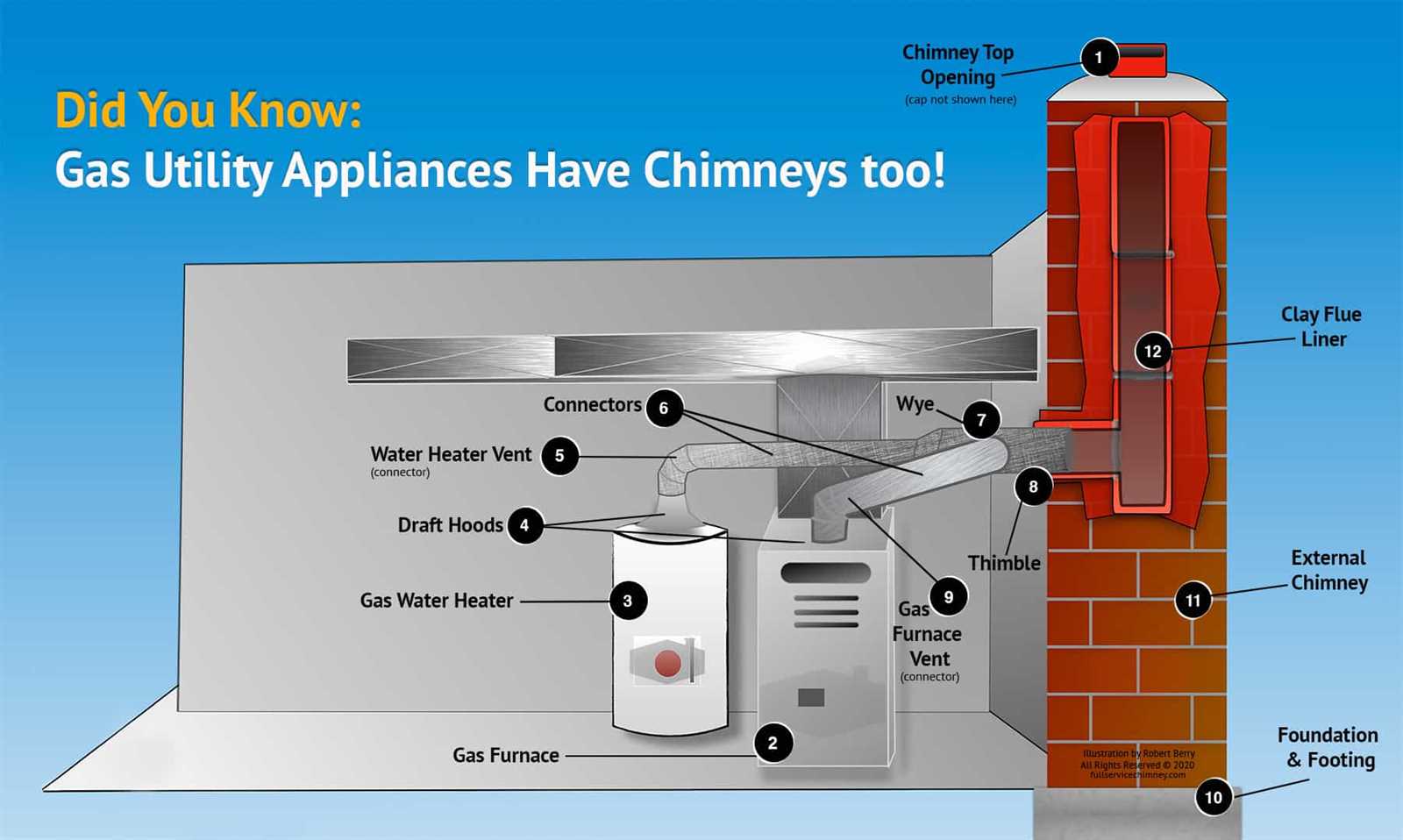
The intricate design of a vertical flue system plays a crucial role in ensuring safe and efficient ventilation. This assembly is not merely a functional component but a carefully engineered structure that facilitates the proper expulsion of gases. Each element contributes to the overall performance, and recognizing these components enhances our understanding of how they interact within the system.
By exploring the various elements that constitute this vital assembly, one gains insight into their specific functions and the importance of each in maintaining optimal airflow. From the foundational base to the terminating section, every piece is integral to achieving effective exhaust management.
Moreover, a thorough comprehension of this structure aids in identifying potential issues that may arise during operation. Recognizing how these components work together empowers users to make informed decisions regarding installation, maintenance, and troubleshooting. In essence, delving into the specifics of this system illuminates its significance in creating a safe and efficient environment.
Understanding Chimney Structure Basics
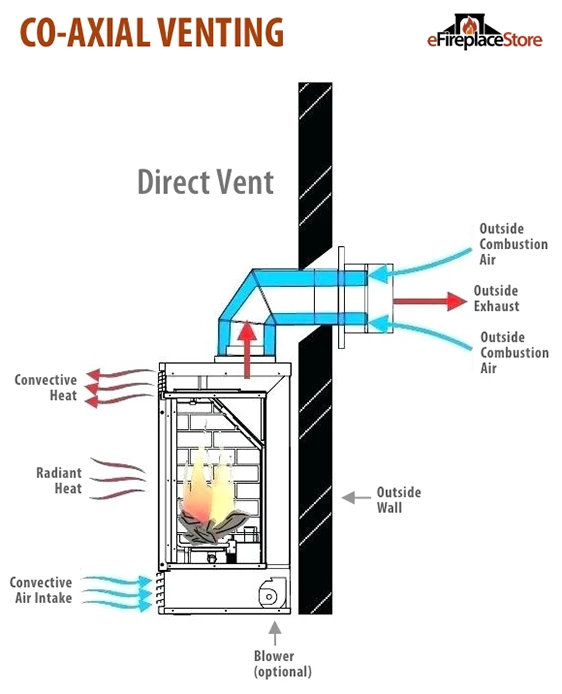
The construction of a flue system is essential for effective ventilation and safety in homes. A well-designed setup ensures that harmful gases are expelled while maintaining structural integrity. Familiarity with its components helps homeowners and builders alike to appreciate the intricacies involved in creating an efficient escape for combustion byproducts.
| Component | Description |
|---|---|
| Flue | The passage that directs smoke and gases away from the fireplace or stove. |
| Cap | A cover at the top that prevents rain and debris from entering while allowing gases to exit. |
| Liner | A protective layer that shields the structure from heat and corrosion, improving safety and efficiency. |
| Throat | The area connecting the fireplace to the flue, often featuring a damper to regulate airflow. |
| Breast | The front section that supports the flue and often houses the fireplace opening. |
Understanding these fundamental elements aids in recognizing the importance of proper maintenance and installation. Each segment plays a crucial role in the overall functionality and safety of the system, highlighting the need for careful planning and execution in any project involving venting systems.
Key Components of a Chimney
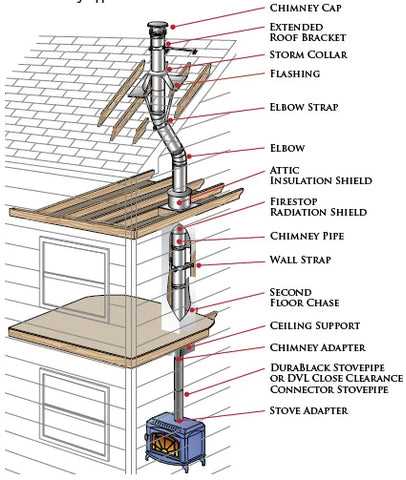
Understanding the essential elements that contribute to a vertical flue structure is crucial for both functionality and safety. Each component plays a vital role in directing smoke and gases safely away from living spaces while ensuring optimal performance and durability.
Flue: The inner passage through which smoke travels, it must be properly sized to allow for efficient venting and prevent backdrafts.
Crown: The top structure, designed to divert rainwater and debris, protecting the interior from damage and ensuring longevity.
Liner: This protective layer, often made of clay or metal, enhances insulation and reduces the risk of creosote buildup, which can lead to fires.
Cap: Serving as a barrier against weather elements, it prevents moisture ingress while allowing for proper ventilation.
Base: The foundation that supports the entire system, its stability is paramount for the integrity and safety of the whole assembly.
These critical elements collectively ensure that the flue system operates efficiently and safely, contributing to a well-functioning home environment.
Chimney Flue Function Explained
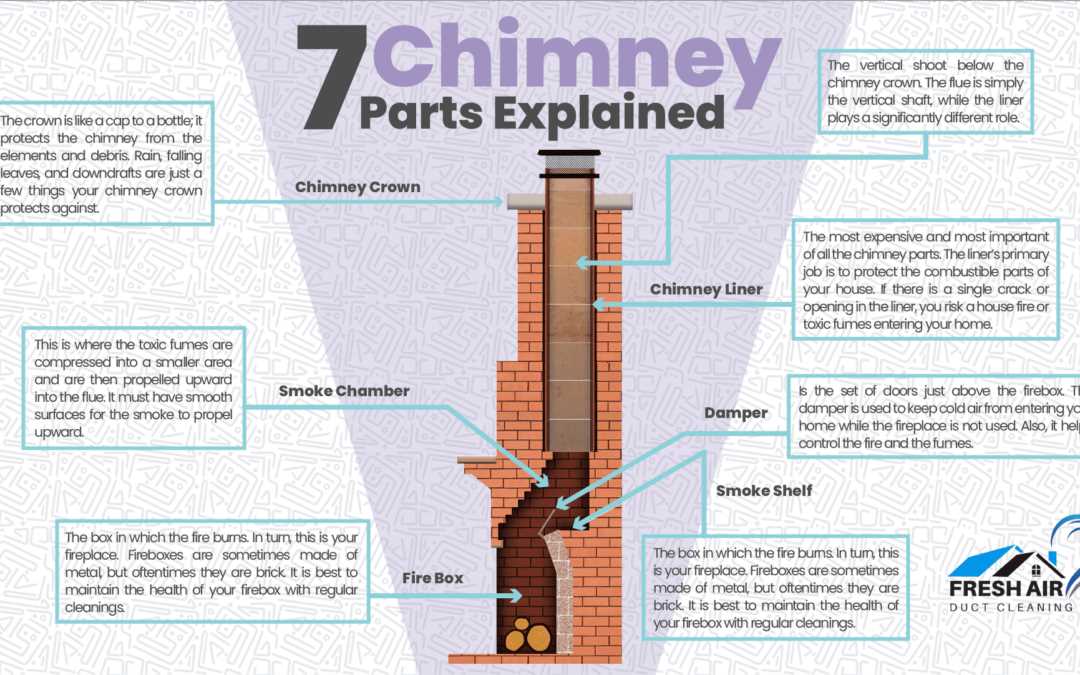
The essential role of a flue is to facilitate the safe expulsion of gases produced during combustion. This component ensures that harmful emissions are directed away from living spaces, thereby maintaining a safe and healthy environment. Proper functioning is crucial for efficiency and safety in heating systems.
Understanding how this system works involves recognizing its ability to create a draft. This draft is essential as it draws air into the combustion chamber while simultaneously allowing smoke and other byproducts to escape. The design and material of the flue significantly influence its effectiveness, ensuring optimal airflow and minimizing the risk of backdrafts.
Moreover, regular maintenance is vital for the longevity and performance of this structure. Blockages can lead to serious safety hazards, including chimney fires and carbon monoxide buildup. Therefore, periodic inspections and cleanings are recommended to keep the system functioning smoothly.
In summary, the flue serves a critical purpose in the overall efficiency and safety of heating appliances, making it an indispensable element of any combustion system.
Common Materials Used in Chimneys
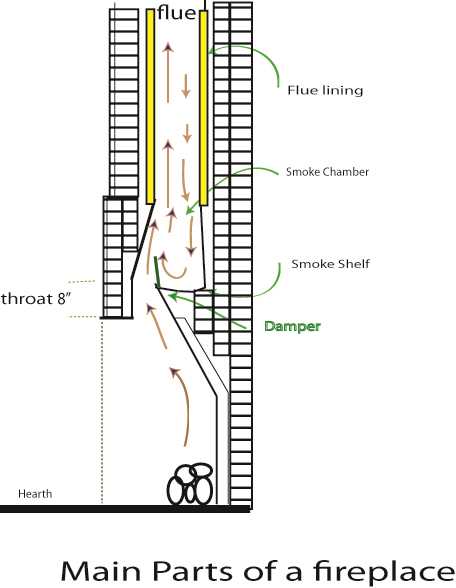
When it comes to constructing ventilation systems for homes, the choice of materials plays a crucial role in both durability and efficiency. Various substances are utilized to ensure safe and effective operation, each offering distinct benefits and characteristics.
Brick is a traditional choice, valued for its strength and thermal properties. Its ability to withstand high temperatures makes it a popular option for many structures.
Stone, often seen in older buildings, provides a natural aesthetic and exceptional durability. It is less common today but still favored for specific architectural styles.
Concrete has gained popularity in modern constructions due to its robustness and versatility. Precast sections can be installed quickly, making it an efficient option for builders.
Metal components, such as stainless steel or galvanized options, are often used for their lightweight nature and resistance to corrosion. These materials are particularly useful for flue liners and caps.
Clay tiles are another traditional choice, often employed for their heat resistance and ability to provide a smooth inner surface, which enhances airflow.
Each of these materials contributes uniquely to the overall functionality and longevity of ventilation structures, ensuring they perform effectively under varying conditions.
Chimney Cap: Importance and Purpose
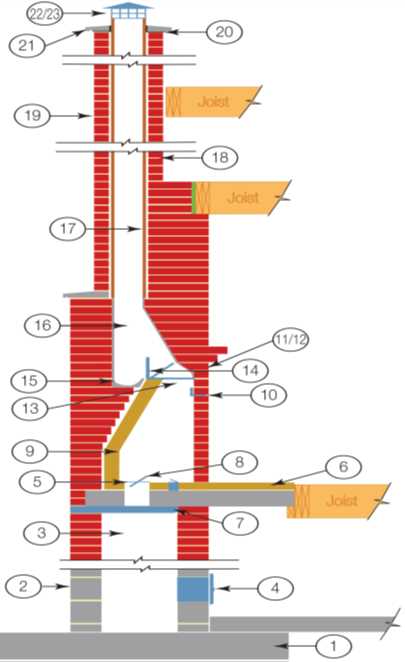
A vital element in any structure’s ventilation system, the top covering plays a crucial role in maintaining both functionality and safety. It serves as a protective shield against external elements, ensuring the interior remains free from unwanted debris and moisture. Without this essential component, the risks of damage and inefficiency significantly increase.
One of the primary functions of this covering is to prevent water from entering the flue. Rain and snow can lead to serious deterioration over time, affecting the overall integrity of the system. Additionally, it helps to block animals and birds from nesting inside, which can obstruct airflow and create hazardous conditions.
Furthermore, the installation of a well-designed top covering enhances the efficiency of the ventilation system. By guiding smoke and gases safely away from the building, it reduces the likelihood of backdrafts, which can pose serious health risks. This function not only improves air quality but also ensures a smoother operation of heating appliances.
In summary, the significance of a protective covering cannot be overstated. It safeguards against environmental hazards, improves efficiency, and contributes to the overall safety of a structure, making it an indispensable feature in any ventilation system.
Types of Chimneys and Their Uses
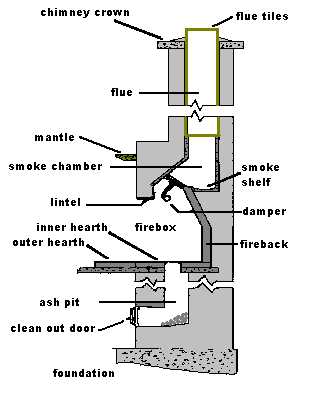
The construction and design of vertical exhaust structures vary widely, each tailored for specific applications and conditions. Understanding the distinct categories and their functionalities is crucial for selecting the most suitable option for residential or commercial needs. This overview explores the different kinds of exhaust systems, highlighting their unique characteristics and typical uses.
Common Types
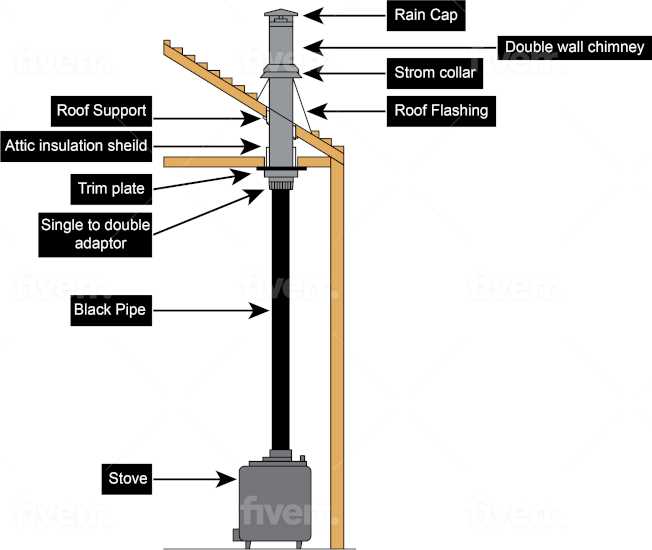
Various styles of vertical exhaust structures are designed to cater to different fuel types and building designs. Below are some prevalent types and their primary applications:
| Type | Description | Typical Uses |
|---|---|---|
| Traditional Masonry | Constructed from brick or stone, these are durable and often aesthetically pleasing. | Wood-burning fireplaces, open hearths |
| Prefabricated Metal | Made from stainless steel or aluminum, these systems are lightweight and easy to install. | Gas fireplaces, stoves |
| Class A | Insulated and designed for high-temperature exhaust, ensuring safety and efficiency. | Wood stoves, pellet stoves |
| Direct Vent | Sealed systems that draw air from outside for combustion and expel exhaust through a single wall. | Gas heaters, modern fireplaces |
Considerations for Selection
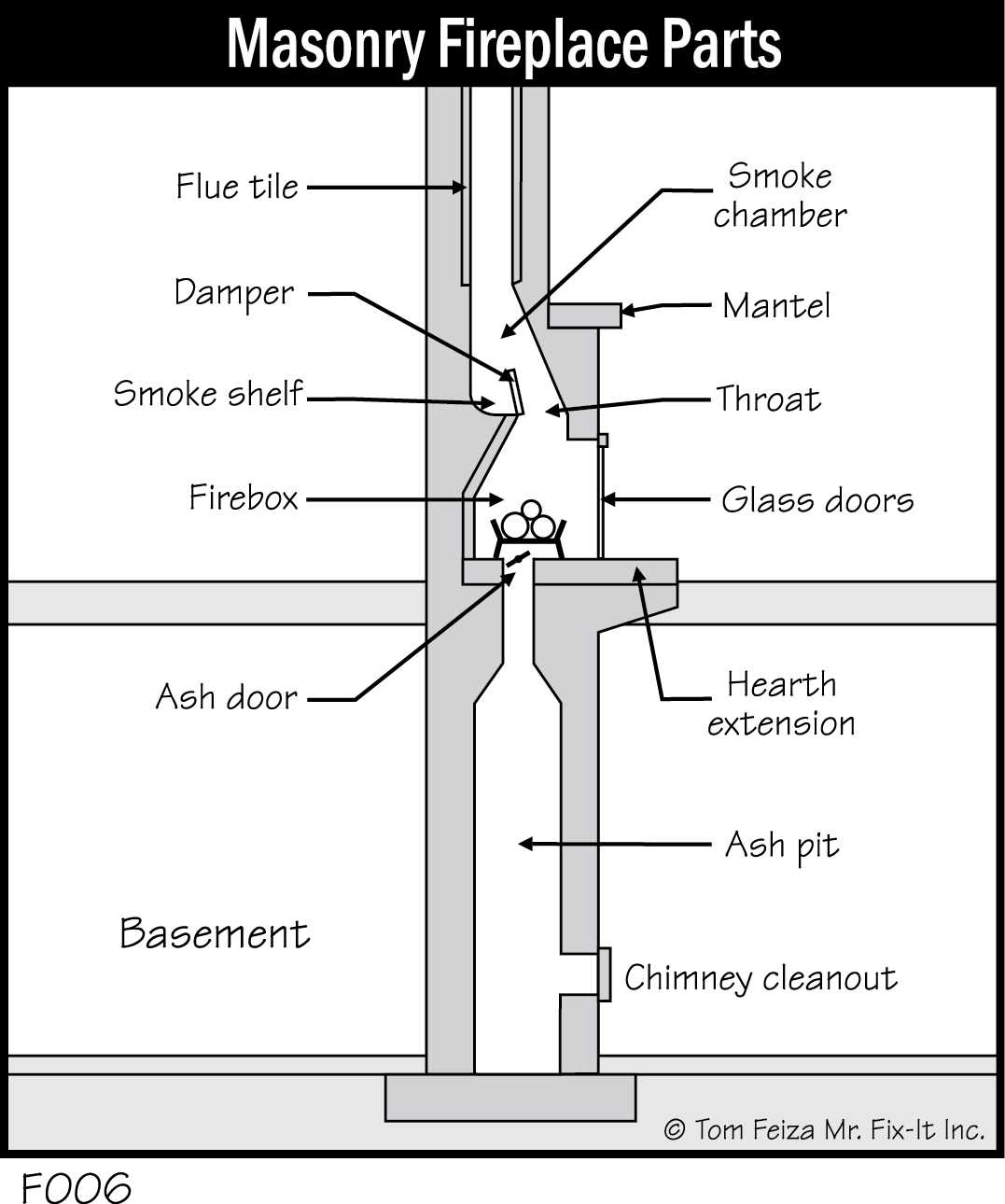
When choosing an appropriate vertical exhaust structure, factors such as fuel type, building materials, and local regulations must be taken into account. The right choice not only enhances performance but also ensures safety and compliance with standards. An informed decision can lead to improved energy efficiency and satisfaction in the long run.
Maintenance Tips for Your Chimney
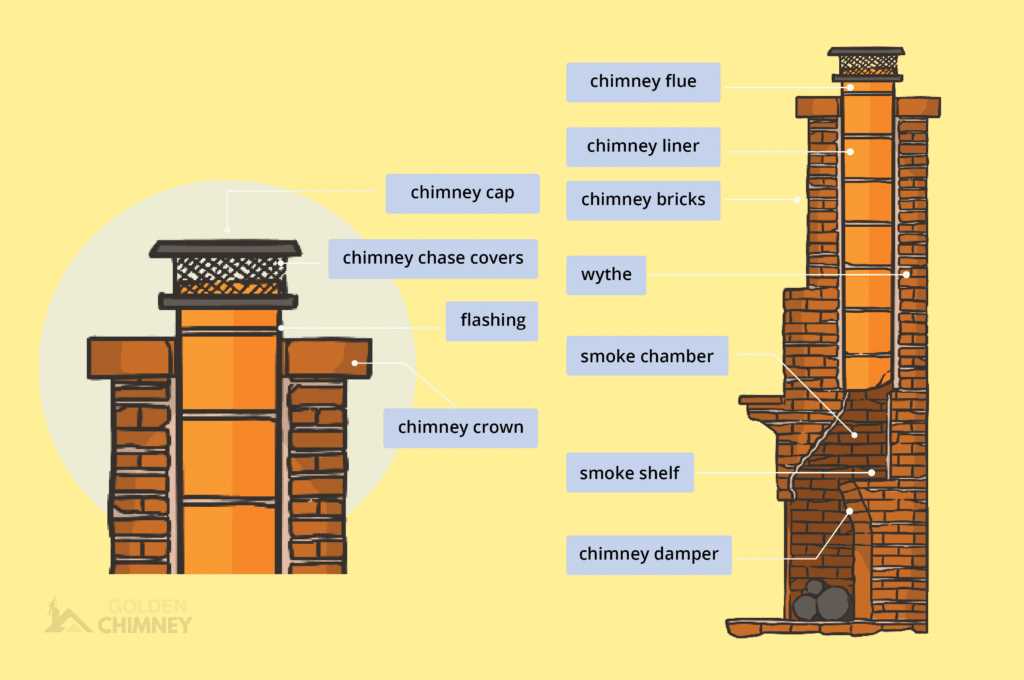
Regular care and attention are essential to ensure the efficiency and safety of your heating system. Keeping the structure in optimal condition not only enhances performance but also prevents potential hazards. Here are some key practices to consider.
Regular Inspections
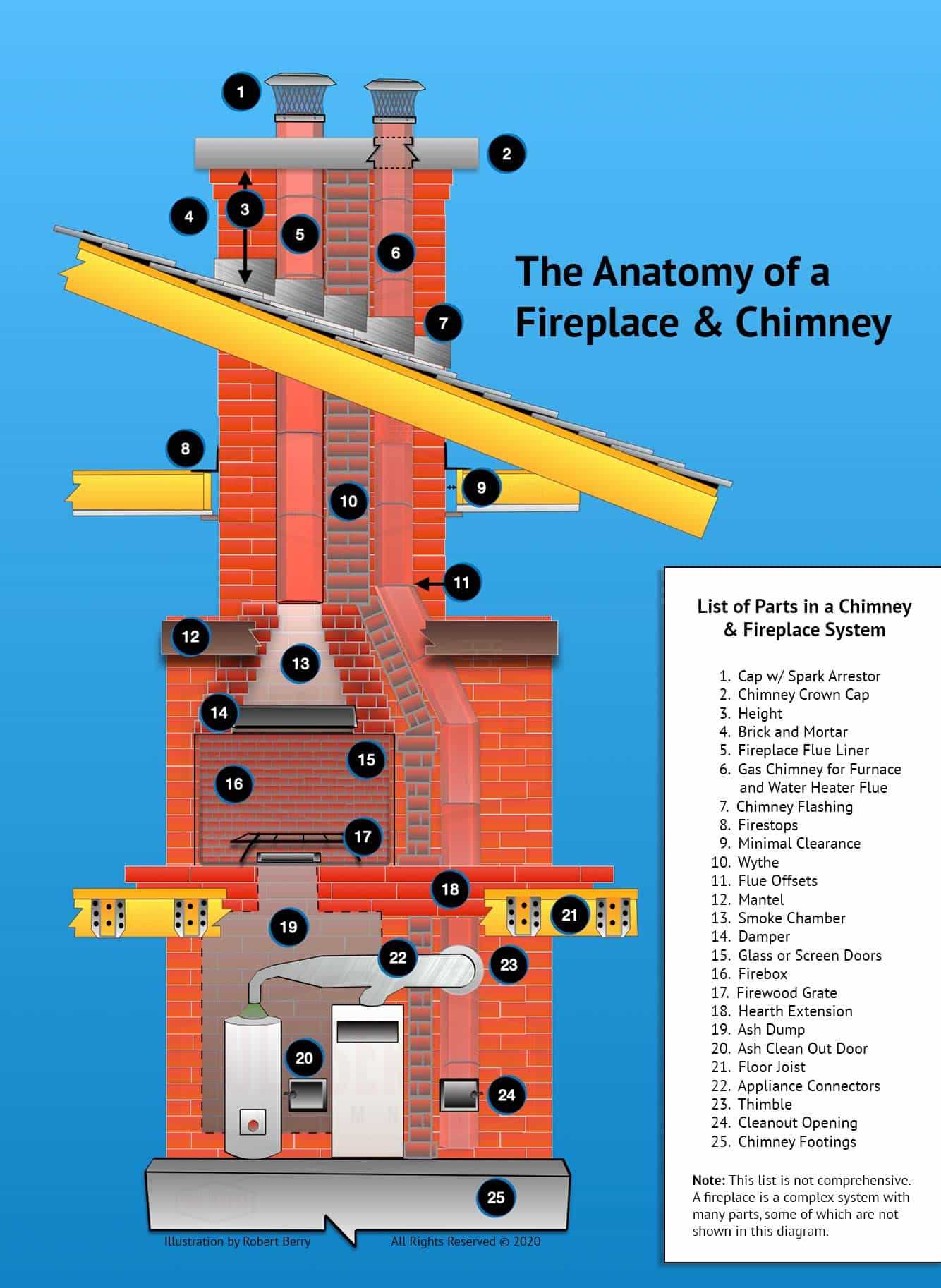
Conducting routine examinations is crucial for identifying issues early. It is advisable to schedule a professional check-up at least once a year, especially before the colder months. Look for signs of wear, cracks, or blockages that could affect airflow and functionality.
Cleaning and Sweeping
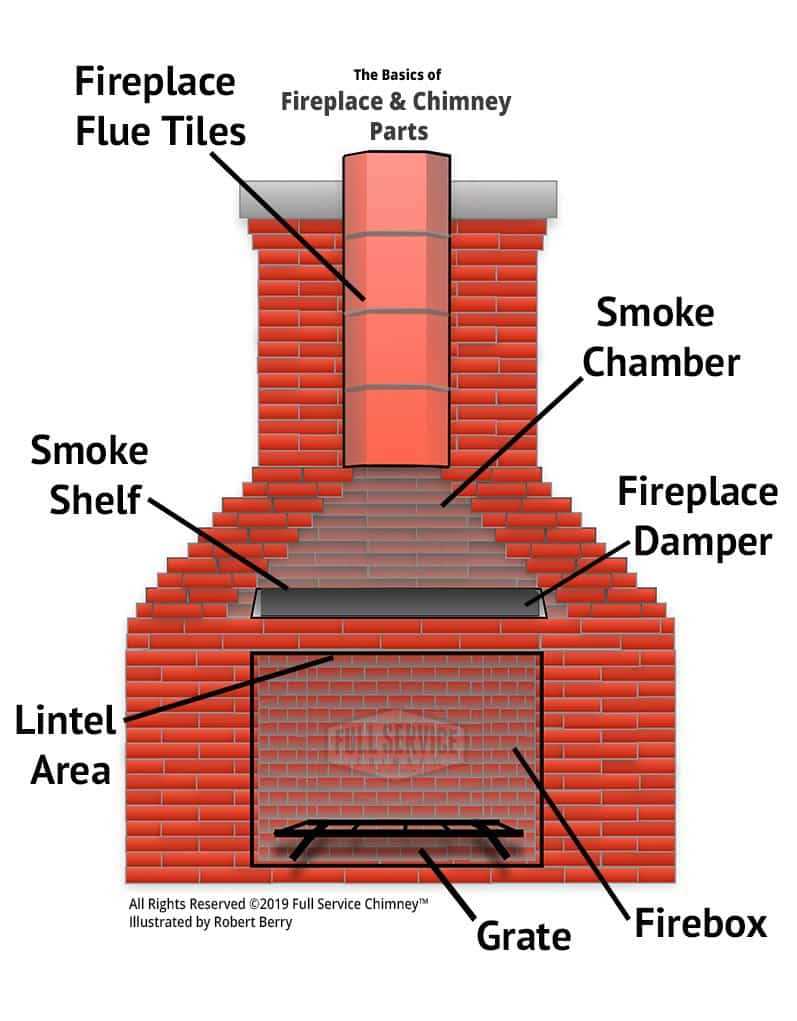
Maintaining cleanliness is vital for proper operation. Accumulated debris and soot can pose serious risks. Regular sweeping helps to eliminate flammable materials and ensures unobstructed ventilation. Consider hiring a qualified technician for thorough cleaning to ensure safety and effectiveness.
Implementing these practices can significantly extend the lifespan of your heating system while promoting a safer environment in your home.
Signs of Chimney Damage to Watch For
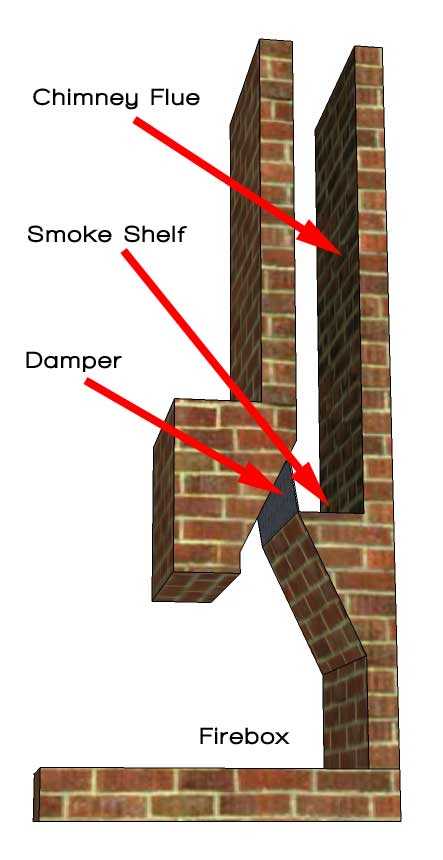
Understanding the indicators of deterioration in your vertical structure is crucial for maintaining its integrity and functionality. Regular inspections can help identify issues early, preventing costly repairs and ensuring safety. Here are some common signs to keep an eye on:
Visible Cracks and Gaps
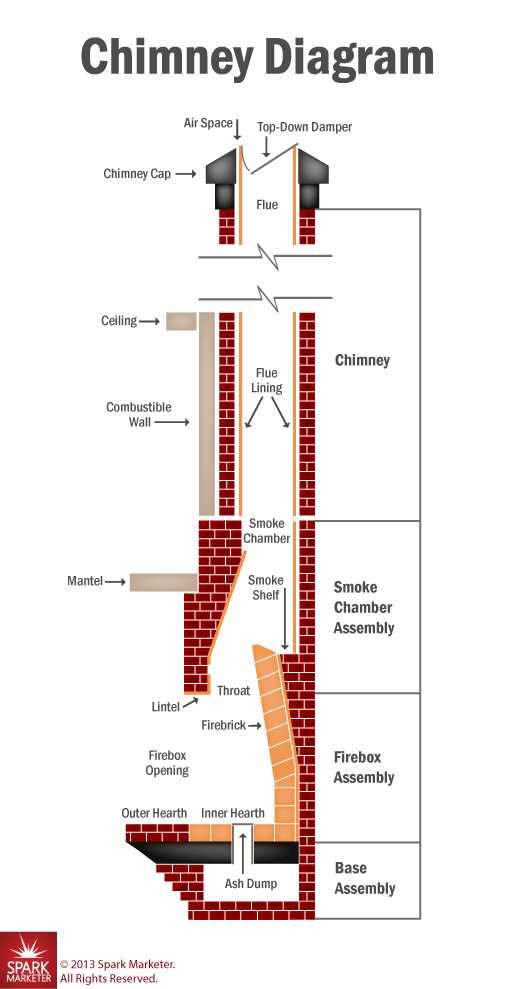
- Look for fractures in the masonry or flue lining.
- Check for any gaps between the sections of the stack.
- Inspect the mortar joints for crumbling or missing material.
Discoloration and Stains
- Observe any dark streaks or stains on the exterior.
- Watch for rust or corrosion around metal components.
- Look for signs of water damage, such as efflorescence or damp patches.
Regular monitoring for these symptoms can help ensure that your structure remains in good condition, enhancing safety and efficiency.
How to Improve Chimney Efficiency
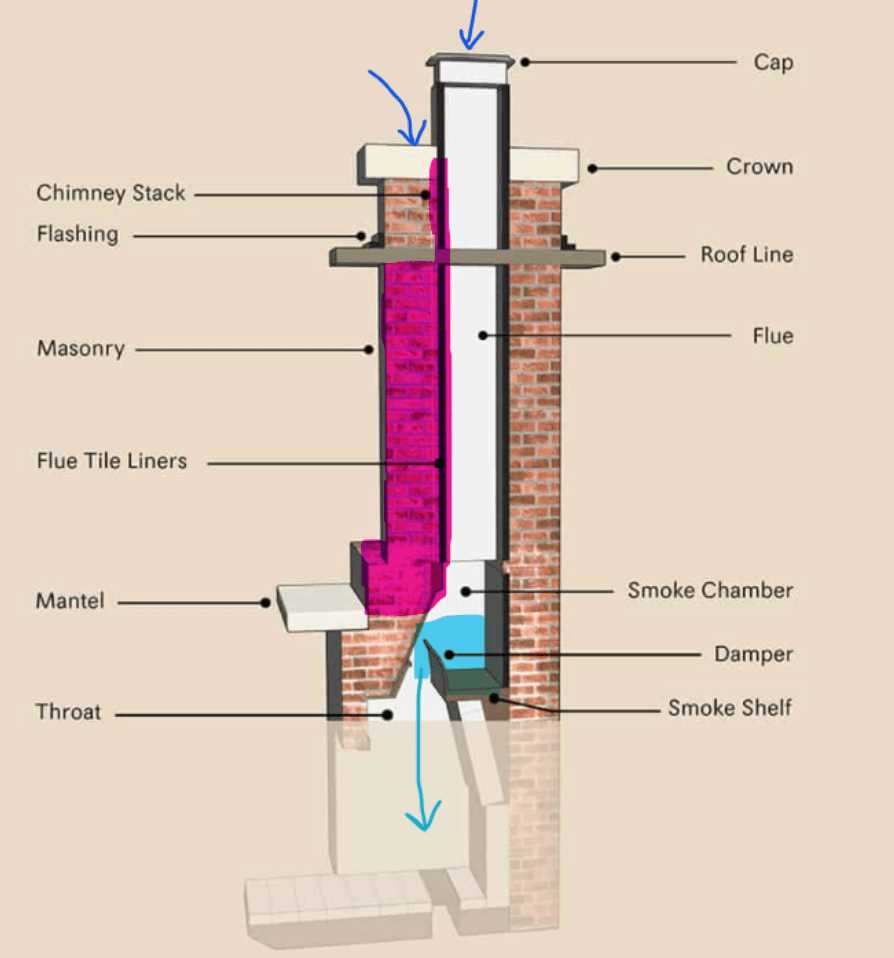
Enhancing the performance of your flue system involves several strategic approaches that can significantly increase its effectiveness. By focusing on proper maintenance, design adjustments, and optimal operation techniques, you can achieve the ultimate efficiency in your heating setup.
Regular inspections and cleanings are essential to prevent blockages and buildup that hinder airflow. Ensuring that the flue is free from debris not only maximizes ventilation but also reduces the risk of dangerous fumes entering your space.
Utilizing high-quality materials in the construction of your exhaust pathway can also lead to better heat retention and improved draft. Insulation around the flue can help maintain higher temperatures, promoting a more efficient draw.
Incorporating features such as dampers can further optimize performance by regulating airflow based on your specific heating needs. This allows for better control over the system’s operation, leading to reduced energy waste.
Finally, educating yourself on the appropriate fuels to use can make a considerable difference. Choosing the right materials ensures cleaner combustion, which translates to less residue and greater efficiency overall.